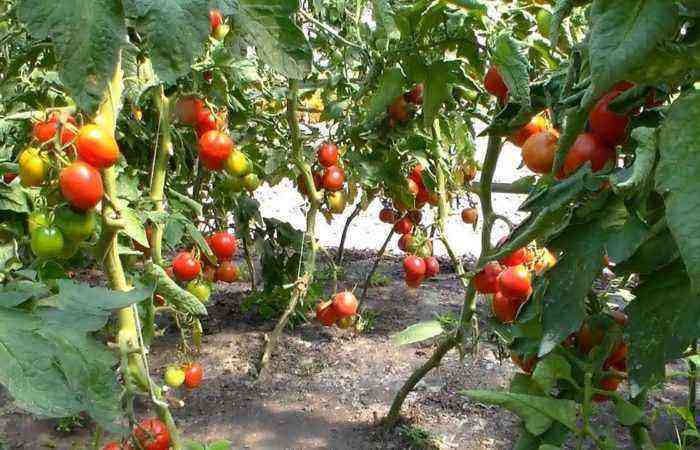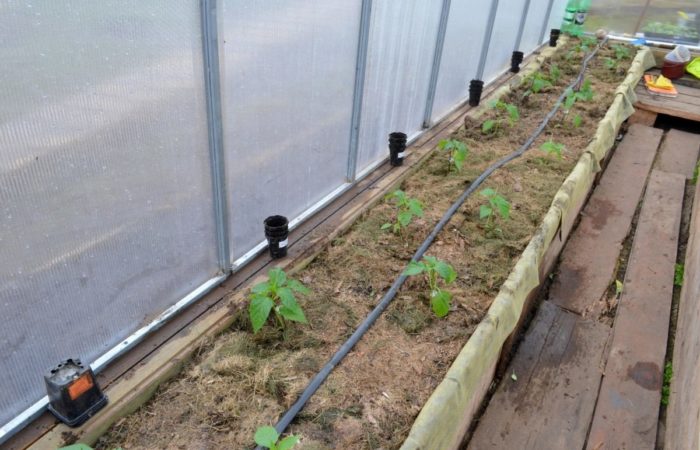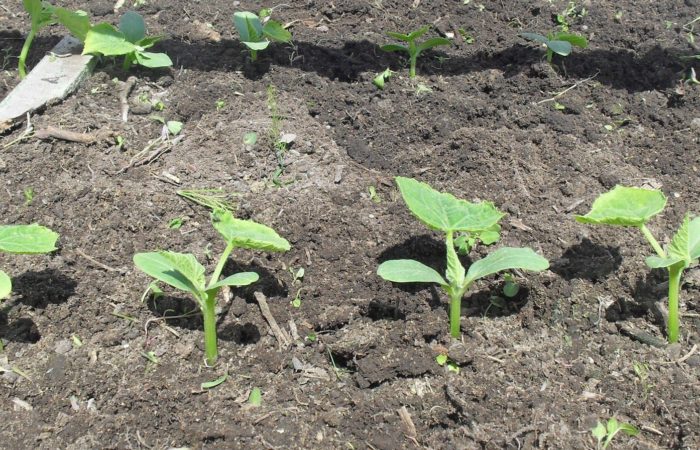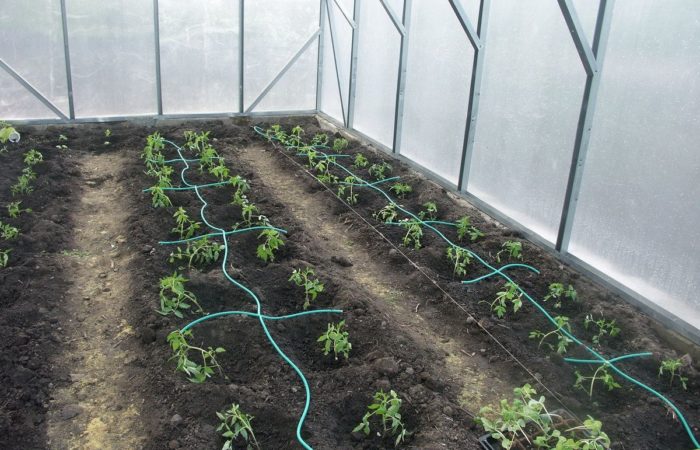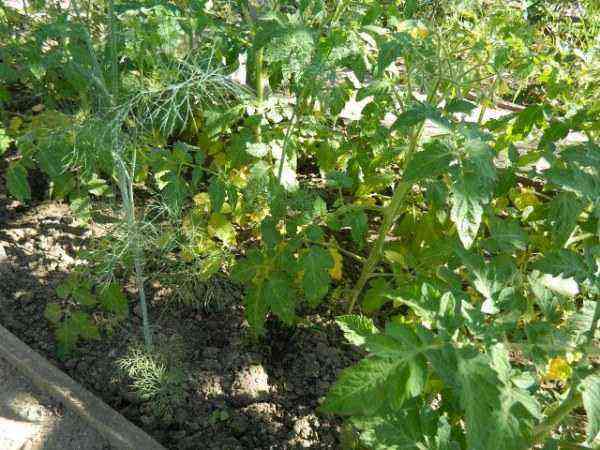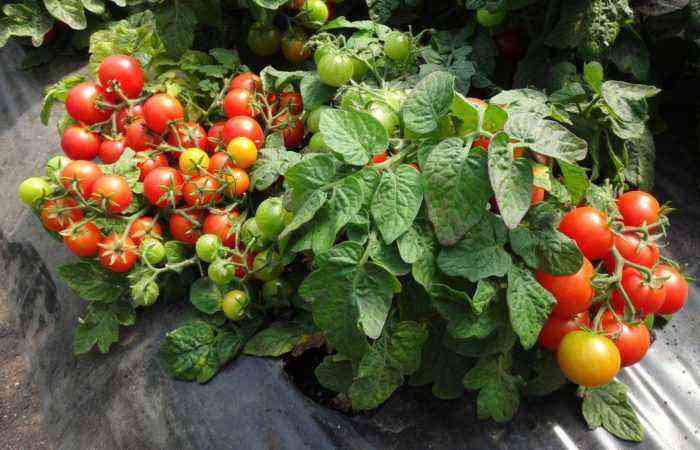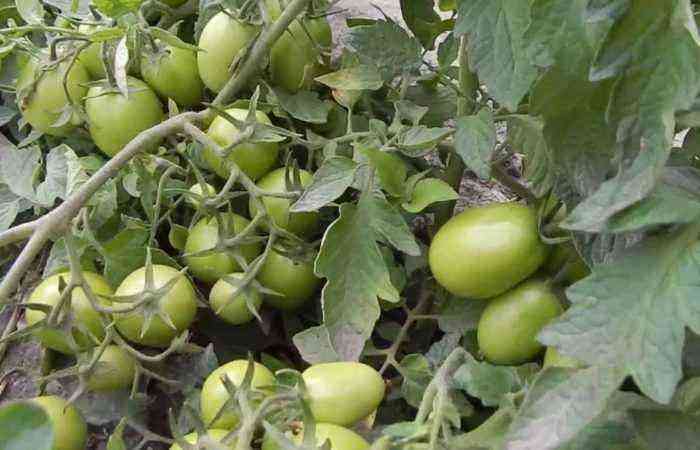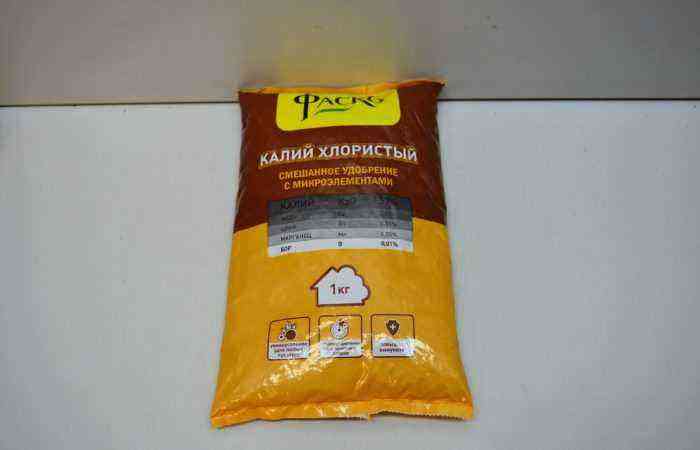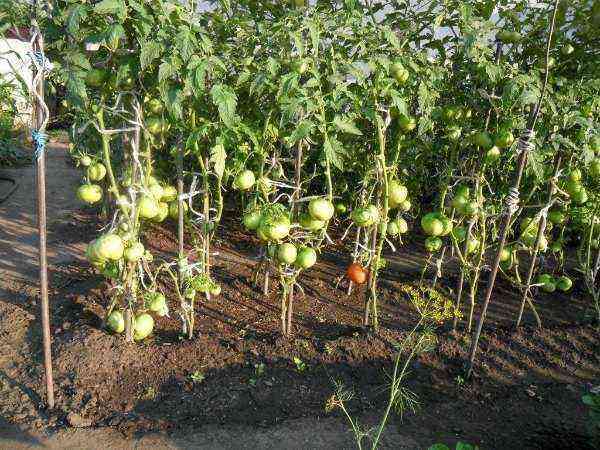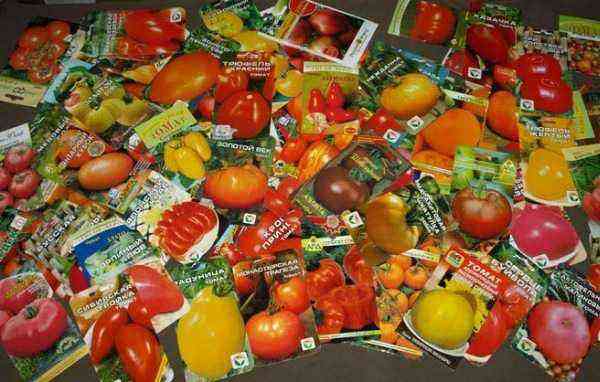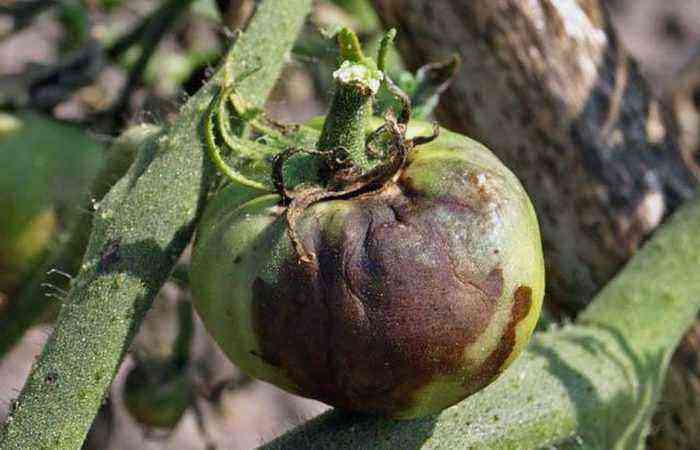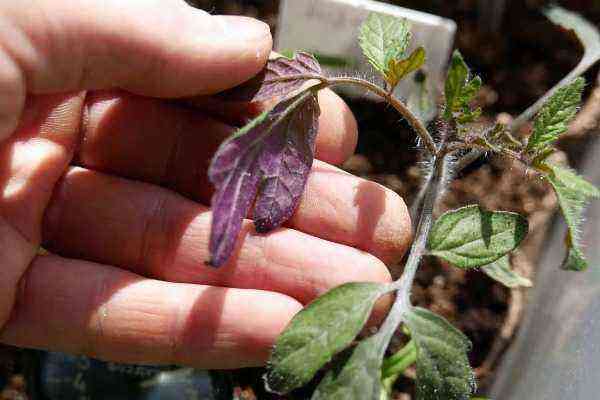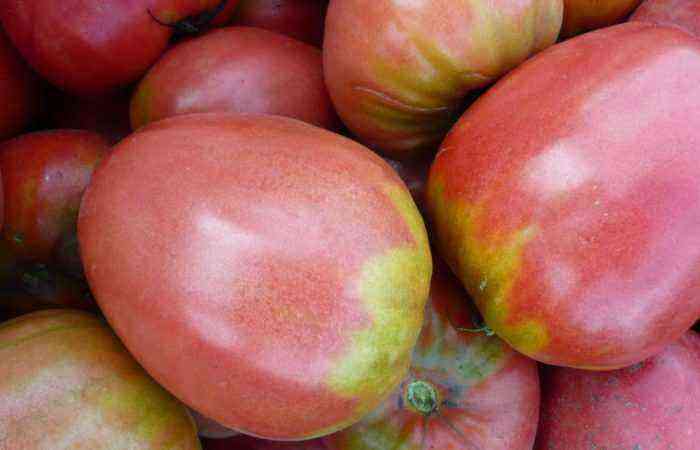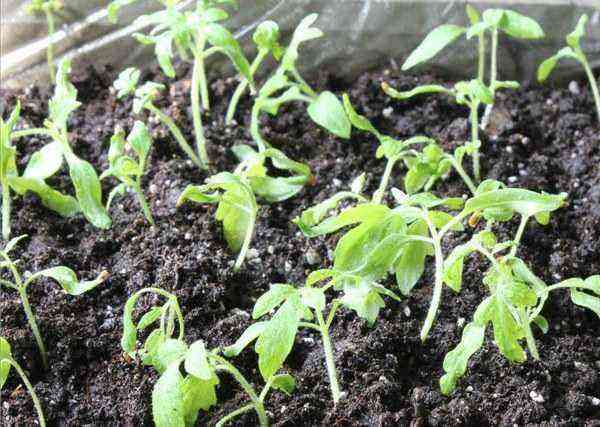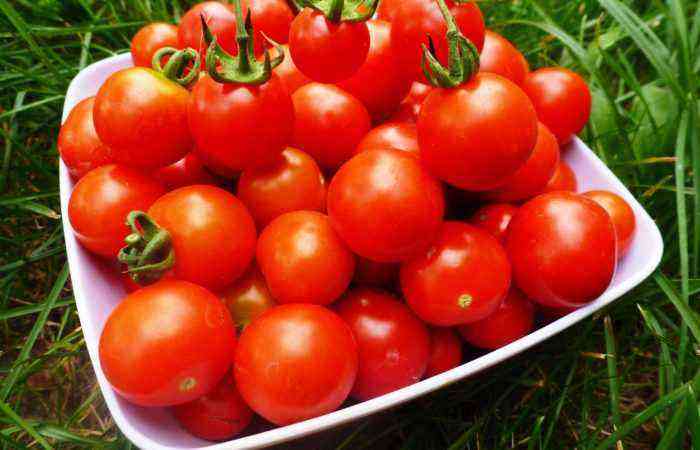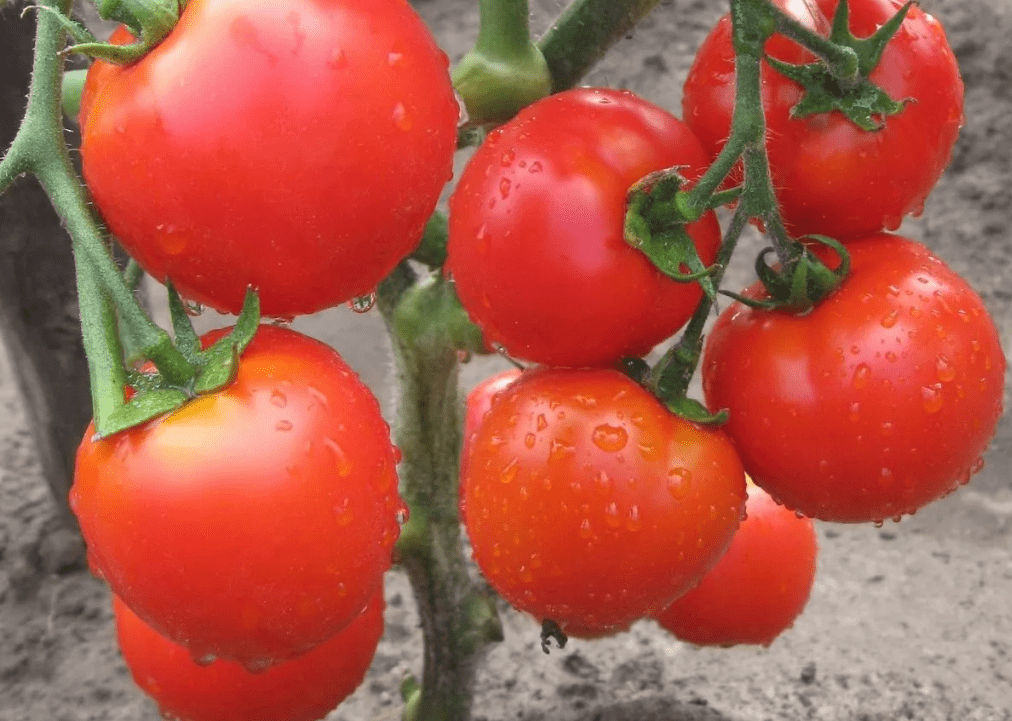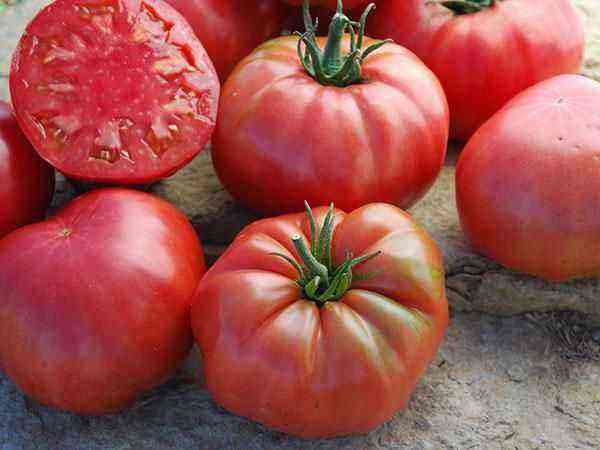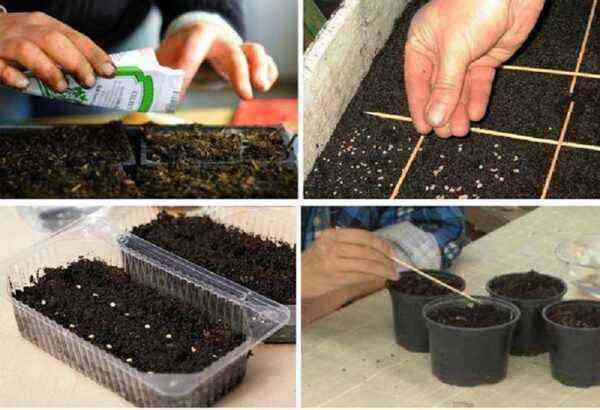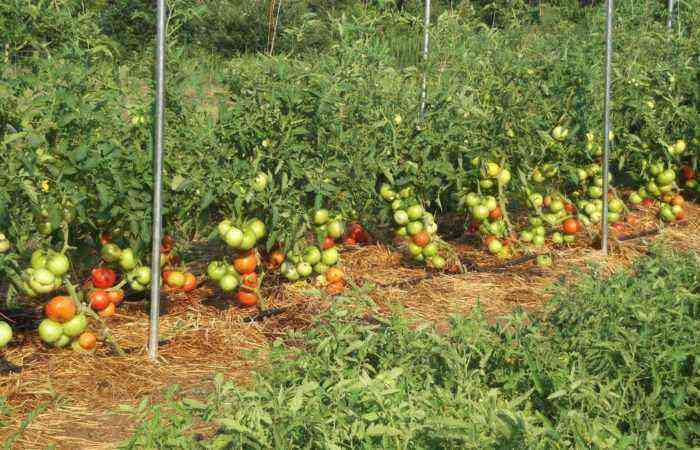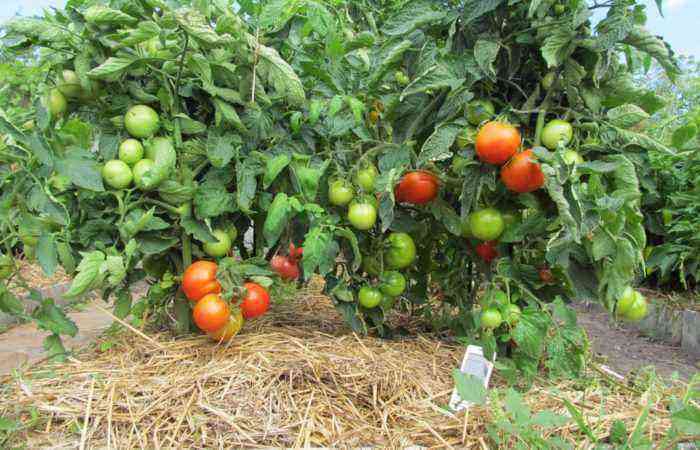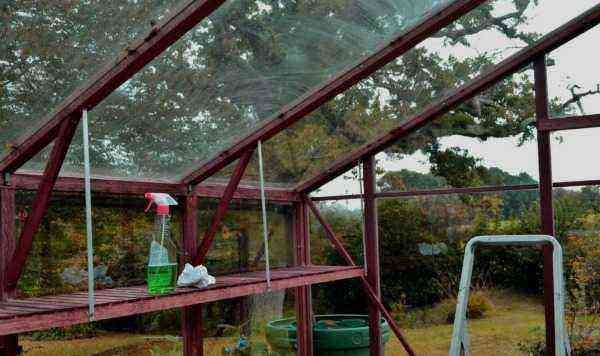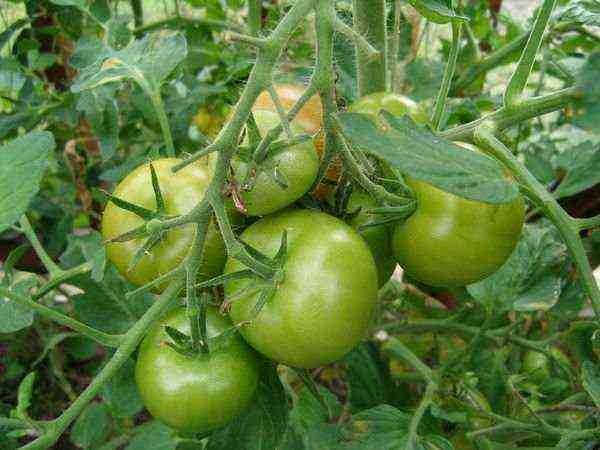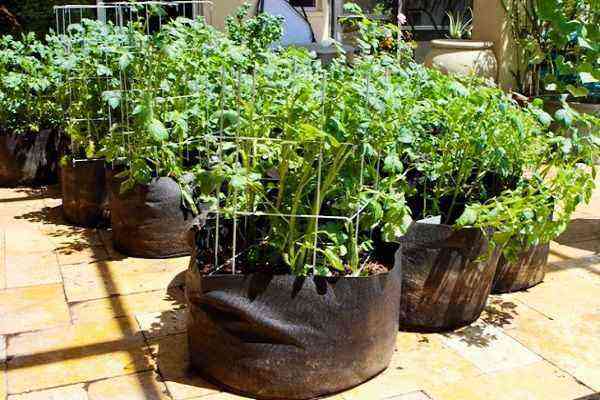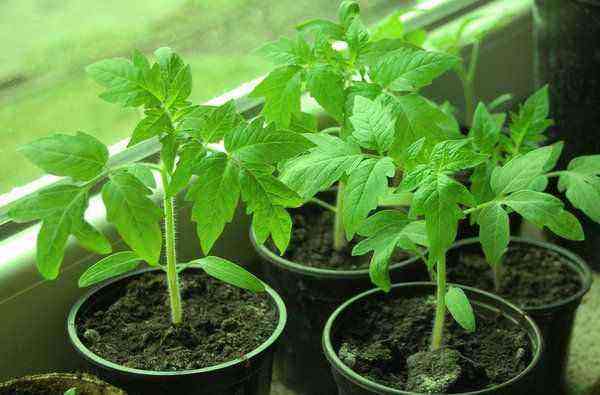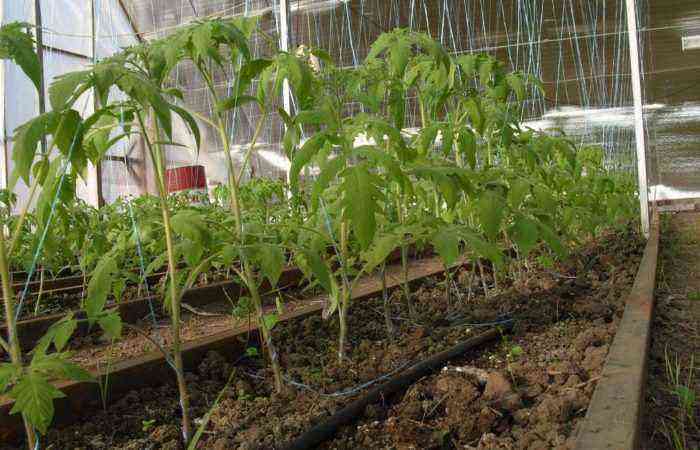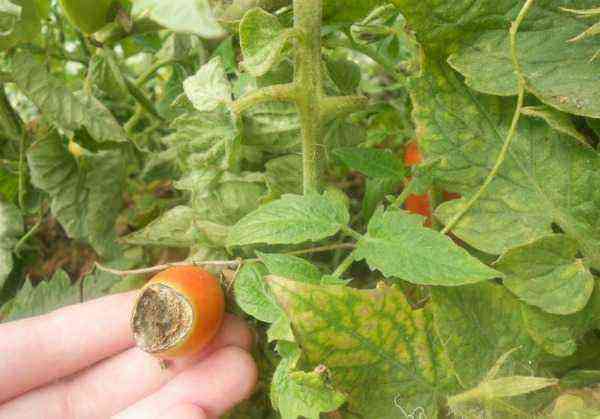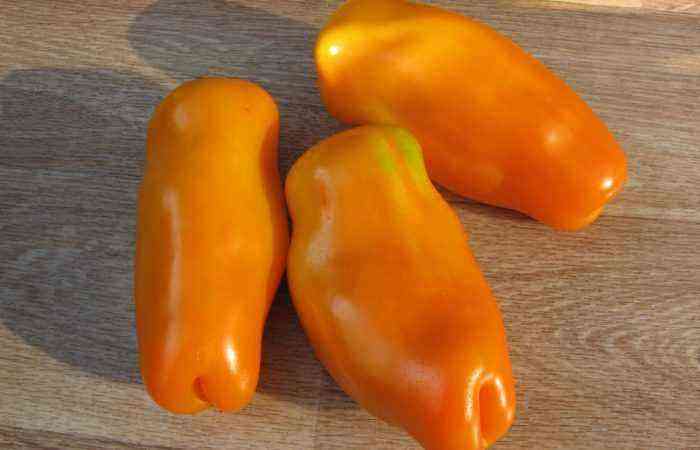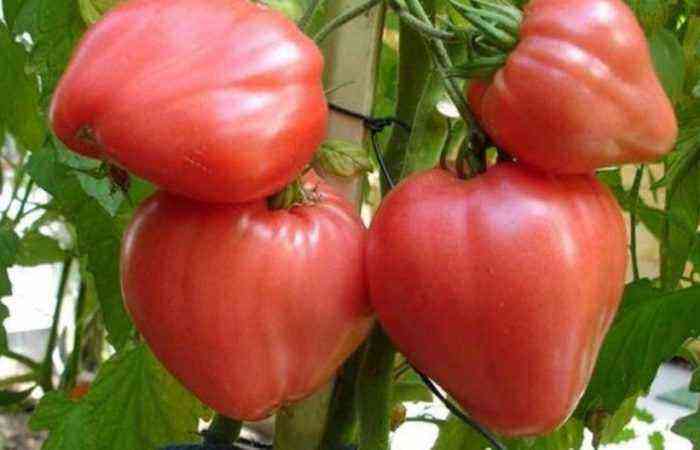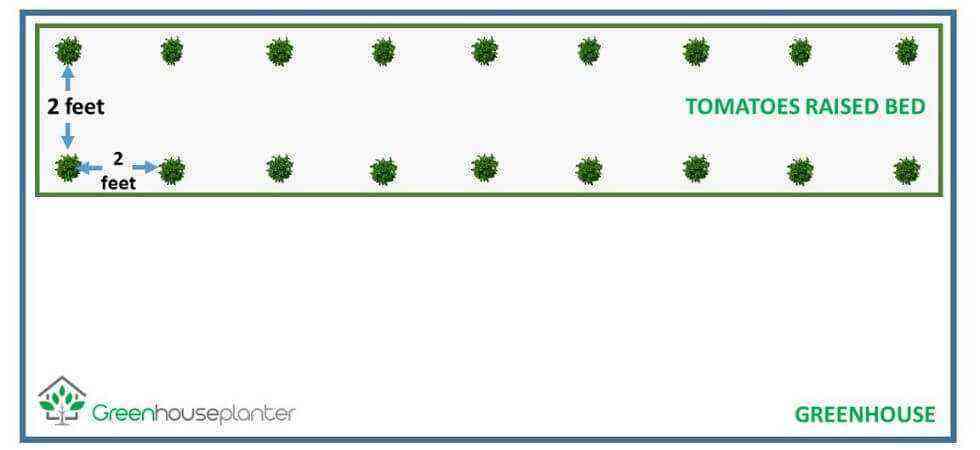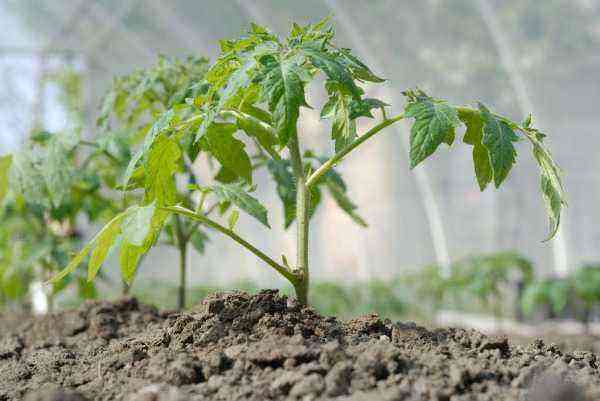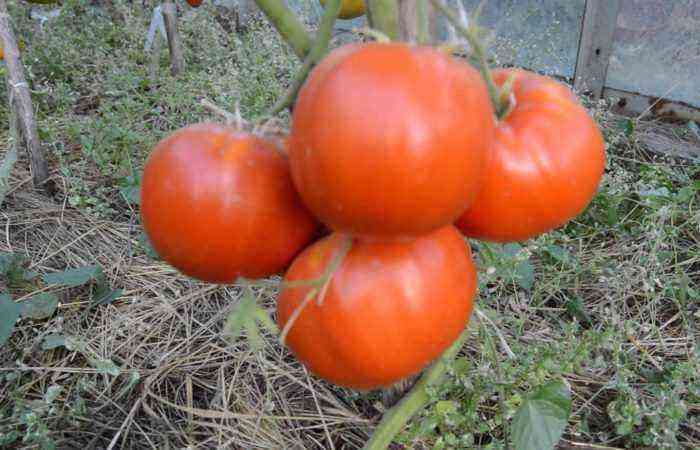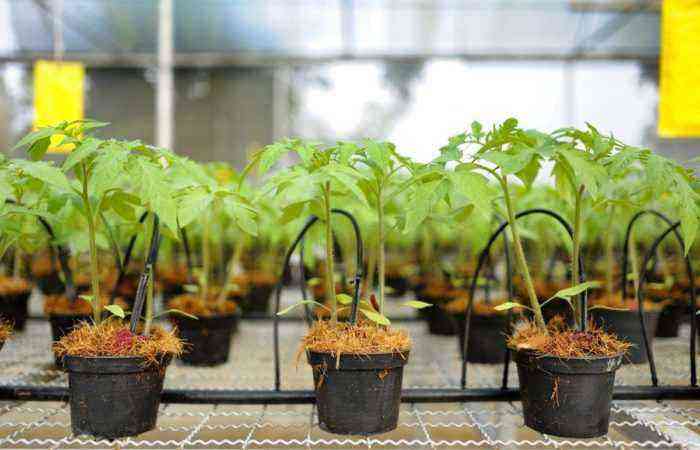Sparse plantings of cultivated plants contribute to the development of weeds. This increases the labor costs for inter-row processing. Thickening of plantings – worsens the conditions for development and leads to a decrease in yield.
It is very important to choose the optimal distance between the bushes. Since tomato plants are very diverse in their physiology, this will require certain knowledge, experience and practical skills that are acquired with experience.
What is the importance of observing the distance at which you need to plant tomatoes?
Planted fragile tomato seedlings quickly begin active growth and soon turn into adult plants with a lot of green mass. This must be taken into account when choosing a seedling planting scheme and determining the distance between the bushes. In order for the plant to develop well and bear fruit, when planting it must be provided with:
- sufficient food area;
- normal lighting;
- ventilation.
An equally important point is the creation of conditions for care (watering, tying, shaping, hilling).
Factors that determine planting distance between plants
Tomato bushes vary significantly, depending on the variety, height and structure of the bush. Therefore, the place that is required for growth and care is different for different varieties.
bush type
Indeterminate – tall, with unlimited growth of the central stem (up to 3 m), grown with a garter. Most often, they form into one stem, and the growth of the bush is directed upwards. It would seem that seedlings can be planted densely, but this is not so. The bush is not wide, but has a powerful root system and needs enhanced nutrition.
Each plant must be tied to a support or trellis and during the entire growing season, lateral processes should be removed, including at a sufficiently high height. To do this, you need to provide easy access.
Determinant varieties are also very different:
- Superdeterminant varieties up to 60 cm tall have one stem, practically do not form stepchildren and take up a minimum amount of space.
- Undersized – reach a height of 60-80 cm, do not require pinching and are formed in one or two stems, have a compact bush.
- Tall determinate tomatoes reach 1,5 m. If they are formed into 2-3 stems, then it is better to tie each one separately. The bush turns out to be quite wide, space is required to care for the bush. If the plantings thicken, flowering and pollination of flowers worsen, the ovaries will crumble.
The author of the video shows how and at what distance he plants tomato seedlings in a greenhouse.
Planting scheme
For growing tomatoes, various planting patterns are chosen, while observing the following rule: the beds are located from west to east so that the plants shade each other less. The most common schemes for planting tomatoes are:
- Linear, in which seedlings are planted in a line one after the other. This takes into account the type of bush and the timing of the growing season. The interval between bushes can vary from 25 to 70 cm.
- Parallel – these are several lines located on the same ridge. The distance between parallel lines is from 40 to 70 cm. It is better if a passage from 50 to 100 cm remains between each two parallel lines. This makes the plants easier to maintain, improves ventilation and illumination.
- The chess scheme provides that in parallel lines the bushes are planted not against each other, but at the level of the middle between the seedlings of the adjacent row. This method allows you to improve maintenance, conditions for growth and reduce the distance between the bushes: 25×40, 35×40 cm, 40×50.
- Square – nesting method. The holes are prepared, as it were, at the corners of conditional squares, that is, the distances between plants in a row and between rows are: 35 × 35 cm, 40 × 40 cm, 50 × 50 cm. This method is more often used in open ground. Low-growing varieties that do not require pinching are planted 2-3 in one hole, then the side of the square should be longer.
Seed growers usually recommend optimal planting patterns for specific varieties so that inexperienced vegetable growers do not make serious mistakes.
The optimal distance between tomatoes
Norms for planting seedlings per 1m2 soil depends on the type of bush and variety:
- Indeterminate varieties that will be formed into one stem – 3 bushes, into two stems – 2,5 bushes.
- Determinate – in two or more stems – 2,5-3 bushes, in one stem – 3-4 bushes.
- Superdeterminant varieties – 4-6 bushes.
When calculating the distance between plants, you need to know the width of the greenhouse or plot. It is better to mark the landing pattern on paper, then it will be easier to make corrections. Plan indents from the edge of the site or the wall of the greenhouse, the distance between the rows, the passages between the ridges.
How to choose the distance when planting seedlings
in the greenhouse
The cost of producing tomatoes in greenhouses is higher, so the greenhouse area should be used as rationally as possible.
Spring greenhouses, which have a rounded shape, can be planted with plants with different types of bush. The highest part is occupied by tall varieties no more than two rows per ridge.
The distance between the bushes in a row is 35-40 cm for plants formed in one stem and 40-50 cm for two stems. It is good to place undersized tomatoes near the walls of the greenhouse, stepping back at least 30 cm. The distance between them in a row can be:
- from 30 cm – for standard ones;
- 35-50 cm – for simple determinant varieties.
Seedlings are planted no more than two rows per ridge. The distance between the rows is 40-60 cm. If the width of the greenhouse does not allow the recommended minimum distance between the bushes to be maintained, and the row spacing has to be slightly reduced, then the distance in the row needs to be increased.
For ease of maintenance, paths are provided between the ridges from 60 to 80 cm, and in heated winter greenhouses – up to 1 m.
In the open field
The distance between plants depends on the selected planting pattern of the variety and the method of processing (manual, mechanized). The more compact the bushes, the closer you can arrange the bushes:
- Super determinant – in two lines 30 × 40 cm, 35 × 35 cm, 25 × 40 cm, the distance between the ridges is 55-60 cm.
- Medium-sized varieties – 35 × 40 cm, 35 × 45 cm, the distance between the ridges is 60-65 cm.
- Tall varieties, plants formed in two or more stems, large-fruited varieties – 45 × 60 cm, 50 × 60 cm. The distance between the ridges is from 60 to 80 cm.
Attention! The distance between tomato plants is less than 25 cm, it is not advisable to use for planting even the most compact varieties.
The right distance for planting tomatoes, depending on the variety and size of the bush, will create optimal conditions for the growth and nutrition of plants, which in turn will pay off with a rich harvest of ripe, marketable fruits.
